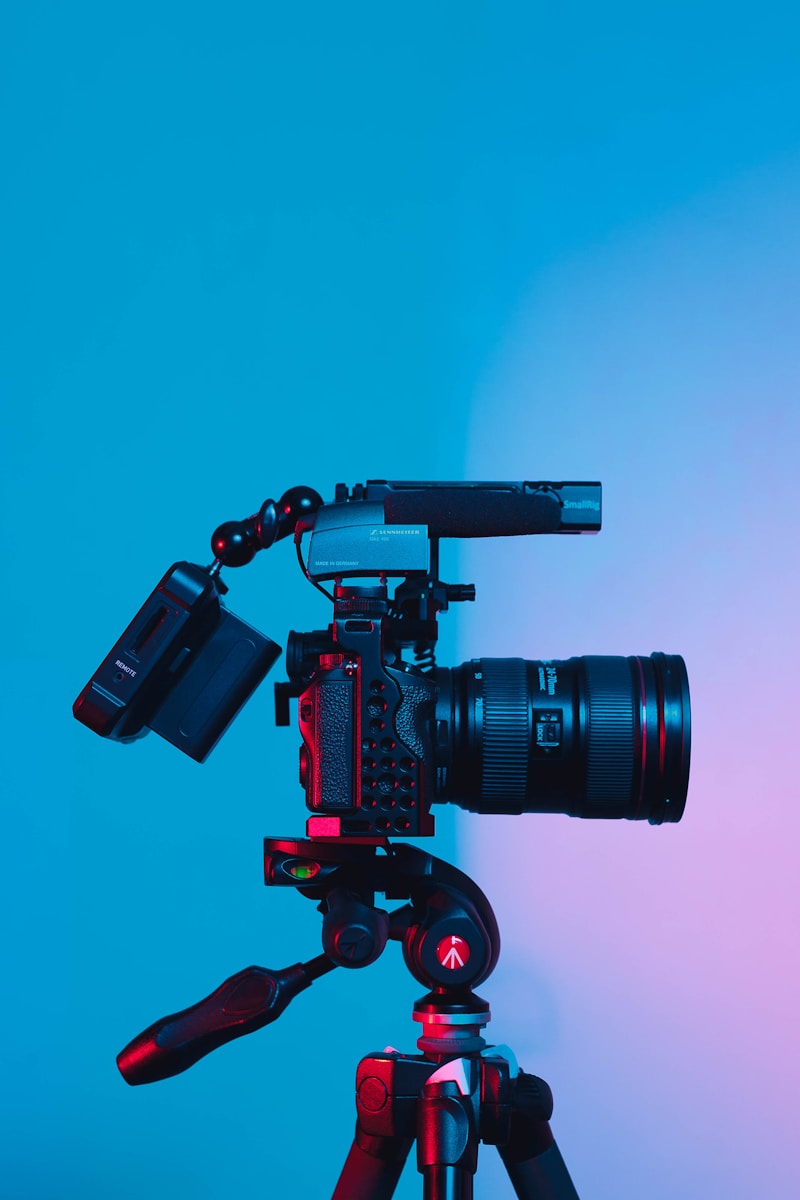The nature of creativity is often at the center of heated debates. There are some who imagine that creativity is most often a spontaneous reaction to something in one’s environment, those epiphanic moments of brilliance that lead to astounding outcomes with seemingly little effort. Then there are others who see creativity as the result of repetitious trial and error, an exercise in putting Einstein’s definition of insanity to the test only to prevail and escape not only with your sanity but with a remarkable final product to show for all your struggles.
Perhaps of greater importance to creative types like photographers is not the specific ways in which creativity is manifest in an individual, but whether creativity can be taught. Surely, if you can learn to be more creative the implications for your work as a photographer can only be seen as being stacked heavily in your favor.
On the topic of the teachability of creativity, University of Pennsylvania professor Rom Schrift has said, “I think there are individual differences in our propensity to be creative, but having said that, it’s like a muscle. If you train yourself, and there are different methods for doing this, you can become more creative. There are individual differences in people, but I would argue that it is also something that can be developed, and therefore, taught.”
In the spirit of Professor Schrift’s premise that we all possess untapped potential, I’d like to suggest four simple strategies that can help photographers be more creative.
These Are 4 Keys to Training Your Photographic Creativity
Focus on the Right Thing
This has nothing to do with what you point your camera at or improving your manual focus skills. Focusing on the right thing, in this context, has to do with your frame of mind. Photographers, like all creative types, are prone to perfectionism, a trait that can certainly pay off big time but one that can also get in your way if it goes unchecked. When you pick up your camera, the primary focus should simply be making photos in the most organic way possible. Don’t overthink the process, don’t get ahead of yourself and start trying to decide how you might process the image. Allow yourself room to experiment and make mistakes. Just shoot and enjoy it. This sort of creative effortlessness will ultimately lead to not just more photos but more photos that you are proud of.
Take a Proactive Approach to Inspiration
Creativity is, to some degree, subordinate to inspiration. But what if we think if creative acts as revolutionary acts? Instead of waiting for change to materialize out of thin air or to be benevolently bestowed by some heretofore unknown individual, realize that sometime you've got to take matters into your own hands. Don’t wait for inspiration to strike. Just grab your camera and start shooting and let the act of photography itself be your inspiration.
Be a Scavenger
When you do look to other sources of inspiration, be sure to look everywhere. From books to galleries to online portfolios, there is inspiration to be found absolutely everywhere. Don’t limit yourself to any particular medium or style. You can watch a documentary or listen to a podcast or study master paintings. If you’re primarily a portrait photographer, immerse yourself in the work of abstract photographers. Even if the potential benefit isn’t immediately apparent, just go with it. I’m quite sure that you will walk away feeling motivated and creatively stimulated.
Bend the World to Your Will
It’s easy to complain that you don’t live in a place overflowing with interesting photography subjects, but your credibility as a photographer shouldn’t be a function of the perceived suitability of your environment. There are interesting shots waiting to happen all around you — you just have to learn to see them. Once you’re able to look at any subject — even the most mundane object — and see an interesting shot that can be pulled from it, you’re effectively gifting yourself an infinite supply of creative fuel.
Wrapping Up the Creativity Dilemma
So, what do you need to make interesting photos? It’s a question that can be answered in innumerable ways, but I’d argue that creativity is quite high on that list of ingredients. Of course you can’t remove gear and subjects from the equation, but those things become far less important when juxtaposed against the importance of dynamic creativity. If you don’t have a “great” camera or you don’t have “interesting” subjects around you, it doesn’t matter so much if you’ve cultivated your creativity — creativity is what will allow you to make interesting photos in any environment with any camera.






